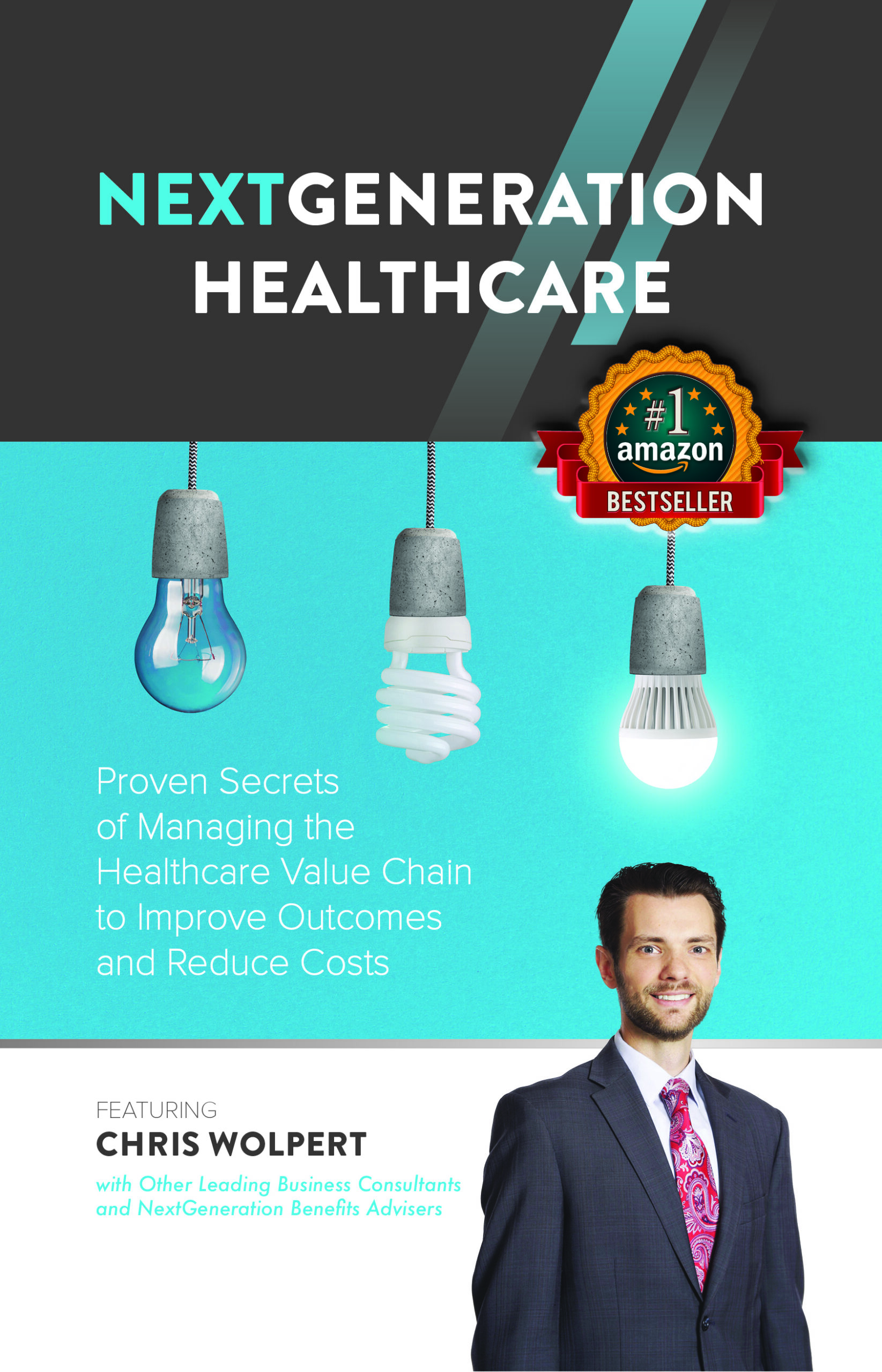
Health care costs are continuing to grow, and it’s increasingly alarming policymakers.
Federal Reserve Chair Jerome Powell has repeatedly called out health care spending as the primary issue with the ballooning U.S. debt. He did so again while testifying to Congress on Tuesday.
“The U.S. federal government is on an unsustainable fiscal path. … The thing that drives our single unsustainability is health care spending,” Powell told the Senate Banking Committee. “We spend 17% of GDP, everyone else spends 10%. … It’s not that benefits themselves are too generous. We deliver them in inefficient ways.”
U.S. health care spending grew 3.9% in 2017, reaching $3.5 trillion or $10,739 per person, according to the Centers for Medicaid and Medicare Services (CMS). That accounts for about 17.9% of the nation’s GDP.
“We need to stabilize debt to GDP,” Powell noted.
Compared to 10 other high-income countries (U.K., Canada, Germany, Australia, Japan, Sweden, France, the Netherlands, Switzerland, and Denmark), the U.S. spends nearly twice the amount on health care.
“We spend a lot more [on health care] as a share of our GDP than we need to,” Gary Claxton, vice president of the Kaiser Family Foundation, told Yahoo Finance. “It means that there’s less money around for other goods and services. It’s put a bit of a strain on people to afford health care because it’s pretty expensive.”
U.S. not ‘getting as much value as other countries’
Over the last 40 years, health care spending has increased over 30-fold on a per capita basis, according to the Peterson-Kaiser Health System Tracker. In 1970, it was $355 per person and skyrocketed to $10,739 in 2017. Adjusted for inflation, the increase was nearly 6-fold.
“Generally, the reason why health care costs go up faster than the rest of the economy is that the health care system can produce more stuff over time each year,” Claxton said. “People use more stuff and the price tends to increase.”
Claxton also echoed Powell’s sentiment about inefficiency.
“It would be understandable if our outcomes were a lot better, but they’re not necessarily,” Claxton said. “So it doesn’t seem like we’re getting as much value as other countries are for what we spend on health care. Things have improved in other nations, and they’re not spending nearly as much of their national income as we are.”
In 2017, the average person spent $185 on out-of-pocket physician services and $104 on hospital expenses.
“We’ve seen more and more how those prices are going up and how a lot of drugs are unaffordable to patients who really need them,” Lovisa Gustafsson, assistant vice president for The Commonwealth Fund, previously told Yahoo Finance. “But think about the broader issue, that for health care services … prices are extremely higher in the U.S. than in other developed countries.”

